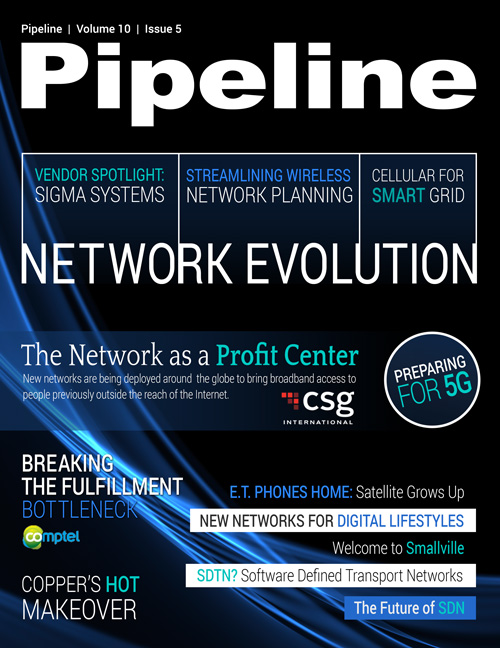Improving the Grid With Cellular
This technology goes much deeper than smart meters, which are located at a customer's residence and can only tell if he or she has power or not. Pinging smart meters once power's been restored after an outage has been shown to be a valuable way to confirm that a utility crew’s work has been successful.
However, meters alone can't identify failure locations in the distribution portion of a network. Instead, using smart grid sensors that are actually located on the distribution network and that have the ability to take advantage of the cellular network means utilities can pinpoint the problems that are causing the majority of their outages. With better outage-location information and fault data coming into their back-office systems, utilities can focus their repair efforts on faster restoration.
By retrofitting their current grid and leveraging publicly available cellular networks, utilities can better respond to the operational status of the grid to improve reliability and restore power faster. Leveraging cellular not only adds up to big savings for utilities but also for US consumers and businesses, which can now take advantage of a more reliable power grid.



















